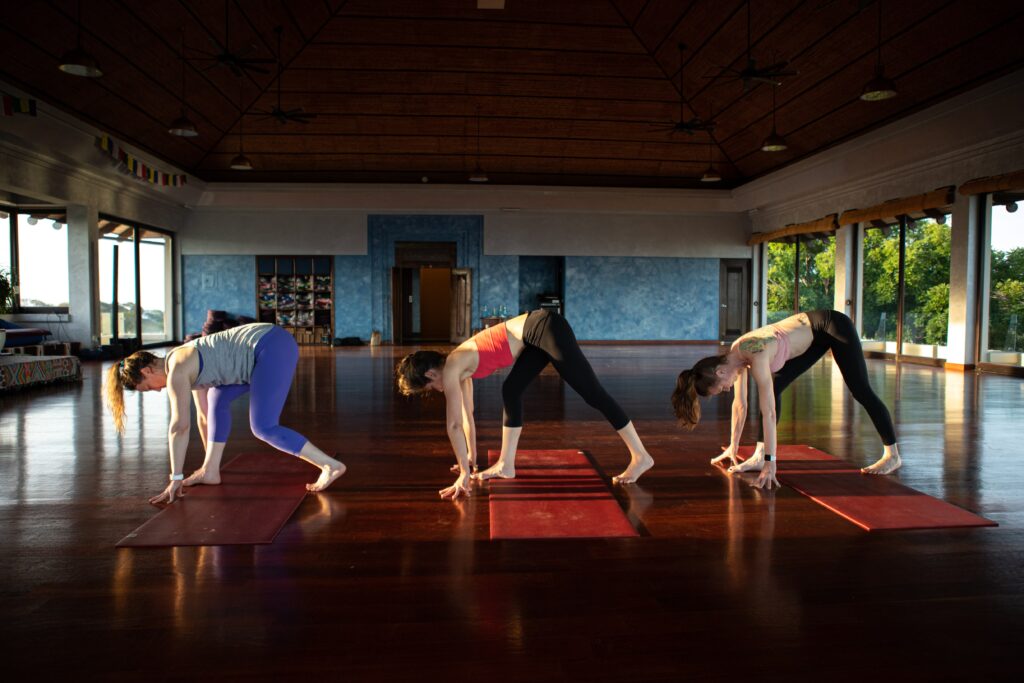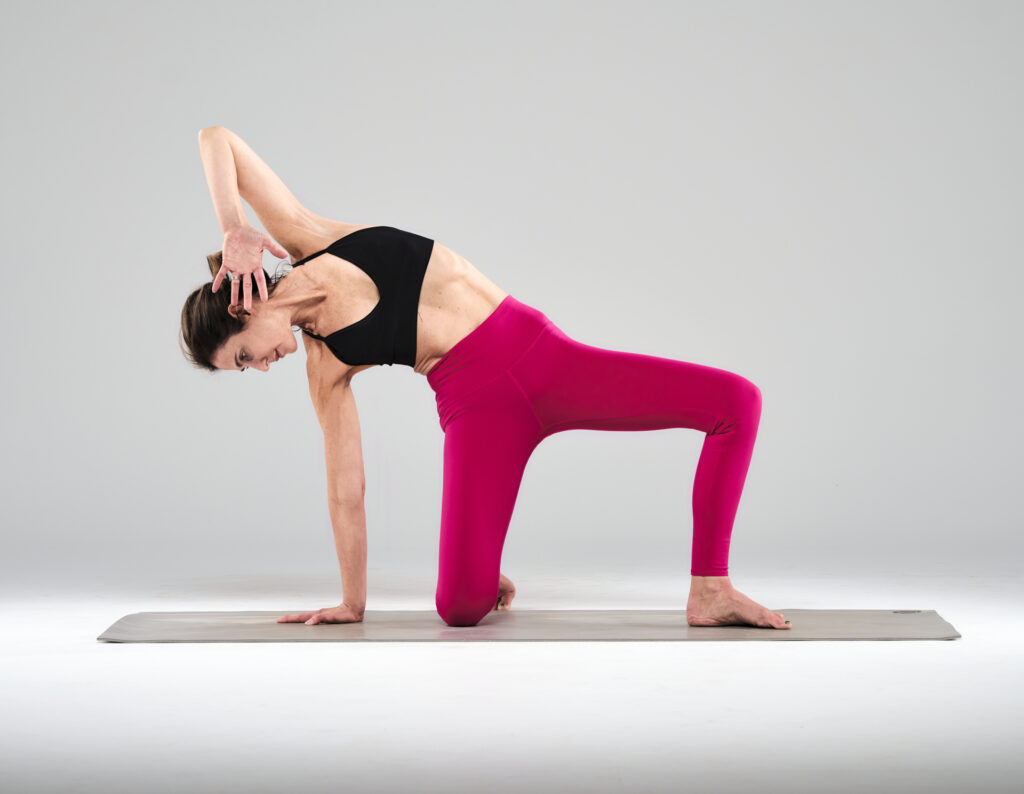Intra-abdominal pressure is the pressure within the abdominal cavity created by the interaction between the abdominal wall and organs. This pressure changes with breathing and the resistance from the abdominal wall. When we are lifting an object or even lifting a limb, we increase intra-abdominal pressure. The coordination of the diaphragm, abdominals, and pelvic floor musculature works to support the pelvic contents during changes in intra-abdominal pressure. However, suppose the synergy between these muscles is compromised. In that case, they are unable to optimally support the abdominal organs, which results in excessive pressure placed on the back, pelvic organs, and pelvic floor. As a result, issues can arise that include but are not limited to: urinary incontinence, pelvic organ prolapse, back pain, and diastasis recti. So how do we begin to understand if our bodies are managing pressure properly and not putting undue pressure on our abdominal organs and pelvic floor?
It all begins with breathing. Our abdominal cavity is capped at the top by the thoracic diaphragm and capped at the bottom by the pelvic floor musculature. This creates the ‘core canister’. When we breathe, the pelvic floor and thoracic diaphragm move down and up together like a piston. If, however, this movement is restricted by fascial tightness, weakened, and/or paradoxical movement (the opposite movement occurs), they are compromised in their ability to support the abdominal contents. So let’s do a breathing exercise to check in on our coordination:
- In seated, align skull, scapula, and sacrum.
- Make sure you are sitting evenly on your SIT bones.
- Bring the tongue to the back of the top teeth and imagine you are pressing a small raspberry up to the top of the mouth.
- Place your hands on the sides of your ribs.
- Inhale through the nose and think about widening the ribs into your hands. Imagine an umbrella opening.
- Exhale through the mouth and imagine “fogging a glass” as you exhale.
- Keep your belly soft as you exhale!! (Squeezing the belly can create excess pressure on the pelvic floor and abdominal organs!)
- Repeat 5 times.
Breathing is core work and the foundation of better management of intra-abdominal pressure. For this reason, it is also imperative that whenever lifting objects, you do not hold your breath! This creates increased pressure on the abdominal contents, pelvic floor, and the heart which can be dangerous! Always keep breathing while you are lifting in order to prevent an increase in pressure on your musculature and organs.
Good lifting mechanics and upright postural alignment optimize the functioning of our core canister and our ability to manage changes in pressure in our body. In this way, our body is able to stabilize the spine and better prevent injuries!






